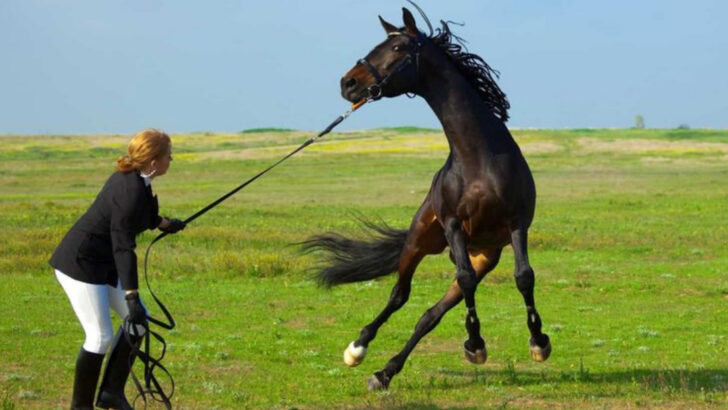They know. Long before you scream or run, before you even think about fleeing — some animals already know you’re afraid. They don’t need words. They can smell it. Literally. From your sweat to your breath, creatures like dogs, horses, and even bees can sense your fear like a sixth sense — and react to it in ways that might surprise you. But it gets weirder. While some animals get spooked by your anxiety, others become bolder, braver… or downright unpredictable. And then there are those few that don’t just notice your fear — they feed off it. Get ready for a wild ride through the animal kingdom’s most bizarre biological radar systems — and meet the unexpected creatures who can sniff out your emotions better than your best friend.
Dog
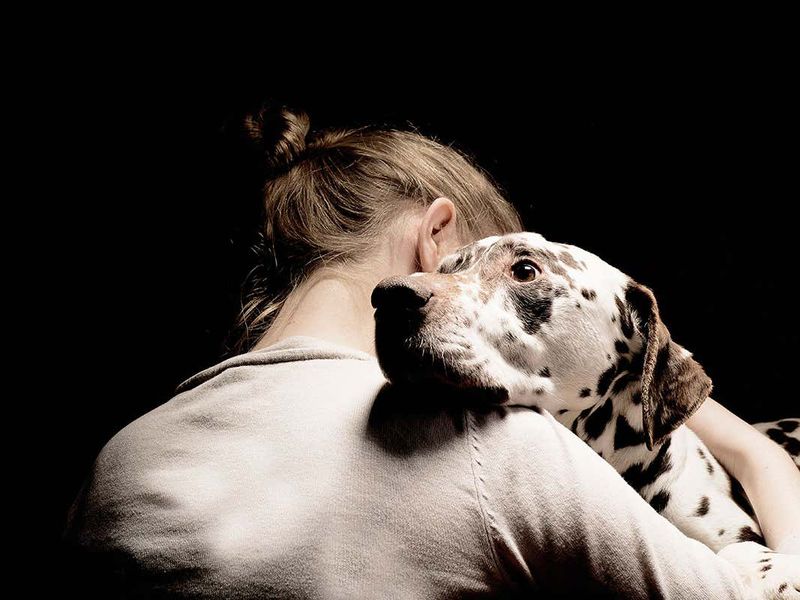
Known for their loyalty and companionship, dogs possess an incredible sense of smell. This ability extends to detecting fear in humans. When a person is scared, they release certain chemicals that dogs can pick up on. This sensitivity allows them to respond accordingly, often with reassurance or alertness.
Did you know? Dogs have been trained for therapeutic purposes, assisting individuals with anxiety disorders. Their presence and understanding link with the human emotional state, offering comfort. Dogs’ reactions can vary from gentle nudges to more alert behaviors, depending on the individual’s emotional cues.
Cat

Cats, with their enigmatic personalities, are more attuned to human emotions than often realized. Their olfactory abilities enable them to detect subtle changes in scent associated with fear. Unlike dogs, cats might react with curiosity or caution, depending on their individual temperament.
Interestingly, cats often use this ability to gauge their surroundings, ensuring their safety. If a cat senses fear, it may choose to stay back, watching intently. Their whiskers twitch, and ears perk up, reflecting their heightened awareness. This sensory perception makes them intriguing observers of human behavior.
Horse
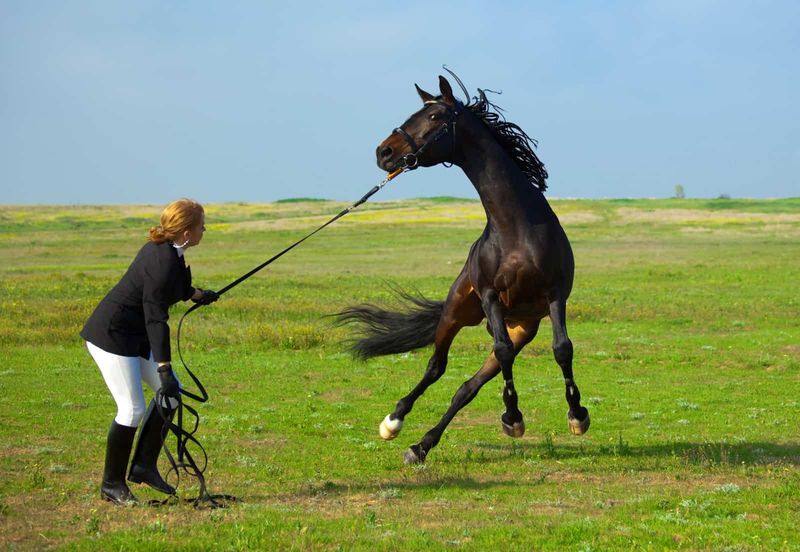
Horses are sensitive creatures, finely tuned to the emotions of those around them. Their ability to smell fear is part of their natural instincts. When a rider or handler is nervous, a horse can pick up on the subtle scent changes, influencing its behavior.
This sensitivity makes horses excellent therapy animals, as they respond to emotional cues with empathy. Their reactions can range from gentle nuzzling to becoming more alert. Horses’ perceptive nature underscores their role in equine-assisted therapies, where their interactions provide comfort and understanding to those in need.
Elephant
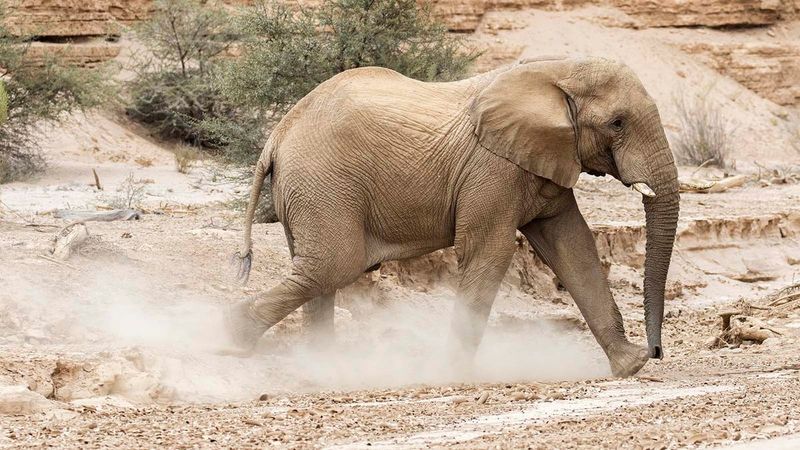
With their immense size and intelligence, elephants have a remarkable sense of smell. They can detect fear in other animals and humans, thanks to chemical signals released in stressful situations. Elephants’ trunks are highly adept at picking up these signals.
These gentle giants often respond to fear with protective or soothing actions. Famously empathetic, elephants have been known to comfort distressed individuals, whether human or their own kind. This empathetic response showcases their deep understanding of social dynamics and emotional states, making them revered in many cultures.
Rabbit
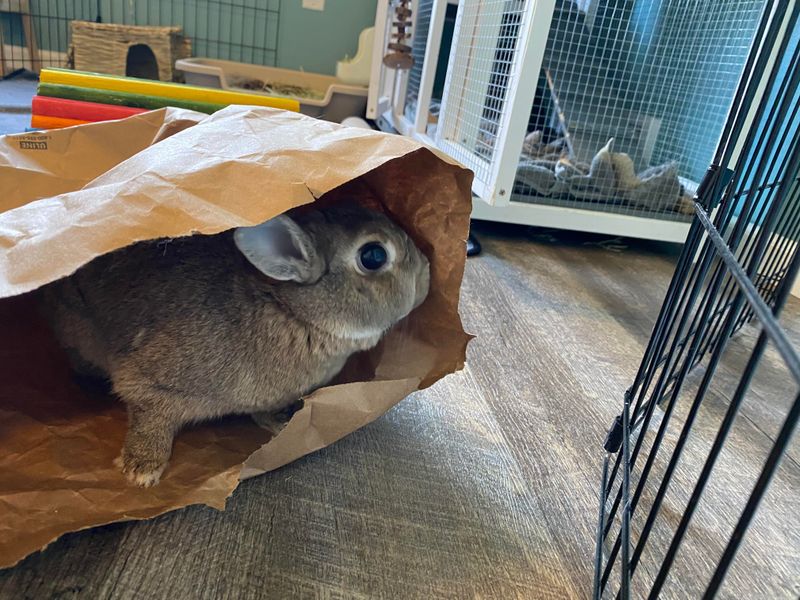
Rabbits, with their delicate features and sensitive noses, can detect fear through scent. This ability stems from their role as prey animals, where survival depends on picking up danger signals swiftly.
When a rabbit senses fear, either in humans or other animals, it responds by becoming more vigilant. Its ears perk up, and its movements become cautious, reflecting heightened awareness. Rabbits’ acute senses make them fascinating creatures, always alert to changes in their environment. Their reactions serve as a reminder of their instinctual need for safety.
Mouse
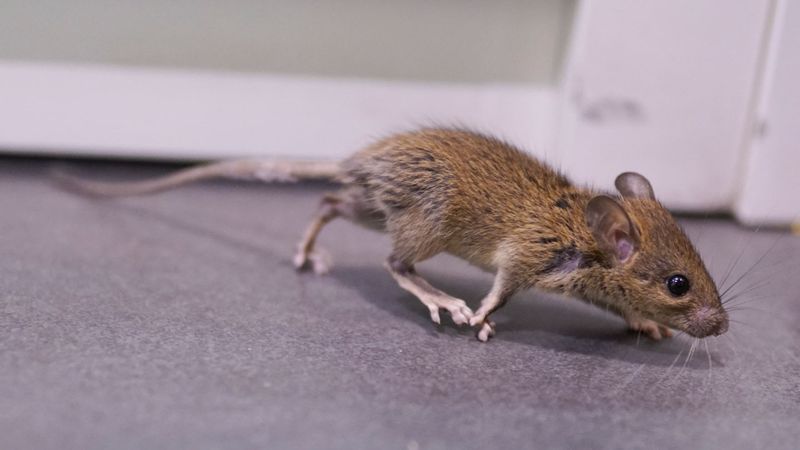
Mice may be tiny, but their ability to sense fear is substantial. As prey animals, they’ve developed acute senses to detect danger. When a mouse picks up on fear, it signals potential threats, prompting immediate alertness.
Their whiskers quiver, and they become hyper-aware of their surroundings. This heightened state aids in their survival, allowing quick reactions to perceived threats. Mice are often used in research to study stress responses, illustrating how their sensitivity to emotional cues plays a crucial role in understanding larger behavioral patterns.
Wolf
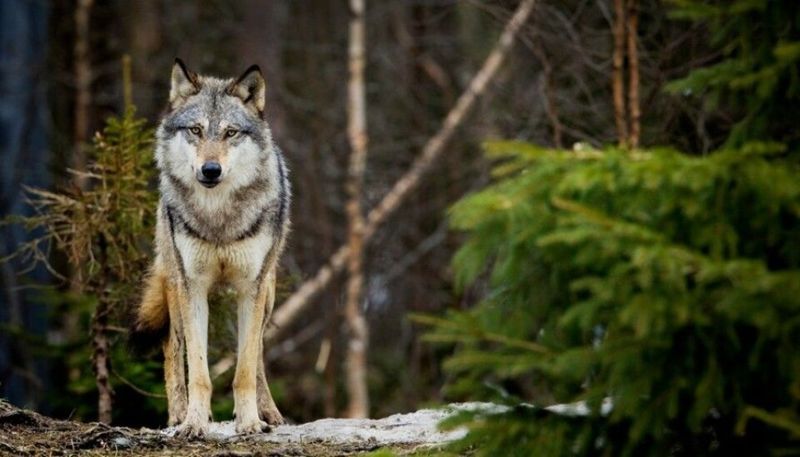
Wolves are apex predators, known for their pack dynamics and communication skills. Their sense of smell is integral to their survival, enabling them to detect fear in both prey and rivals.
When a wolf senses fear, it may use this information strategically within the pack. Their reactions can influence pack behavior, dictating hunting strategies or defensive tactics. Understanding fear dynamics allows wolves to navigate their environment effectively. This skill highlights their role as intelligent, adaptable hunters, capable of reading emotions in both prey and pack members.
Shark
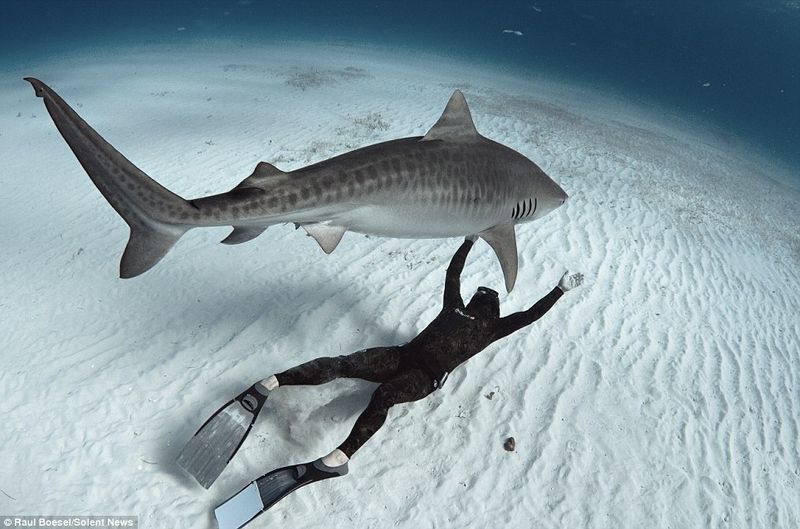
Sharks have a notorious reputation, yet their ability to sense fear is part of what makes them formidable hunters. They can detect slight changes in the water, including stress hormones released by frightened prey.
This extraordinary sense helps sharks hone in on vulnerable targets. Their sensitivity to these cues allows them to approach with precision, often undetected until the last moment. This instinctive understanding of fear dynamics showcases the shark’s role as a top predator, finely tuned to its marine environment, and always ready to strike.
Bat
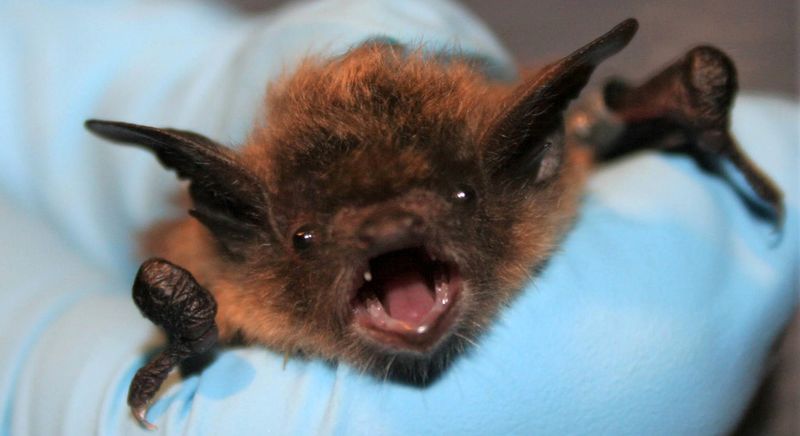
Bats, often misunderstood creatures, have an acute sense of smell that aids in detecting fear. Their nocturnal nature relies heavily on keen senses to navigate and hunt efficiently.
When a bat senses fear, it may alter its flight patterns or become more cautious. This response helps them avoid potential threats while hunting. Bats’ ability to interpret fear signals supports their survival in the dark, enhancing their perception of the world around them. This skill underscores their adaptability and resilience in various environments.
Snake
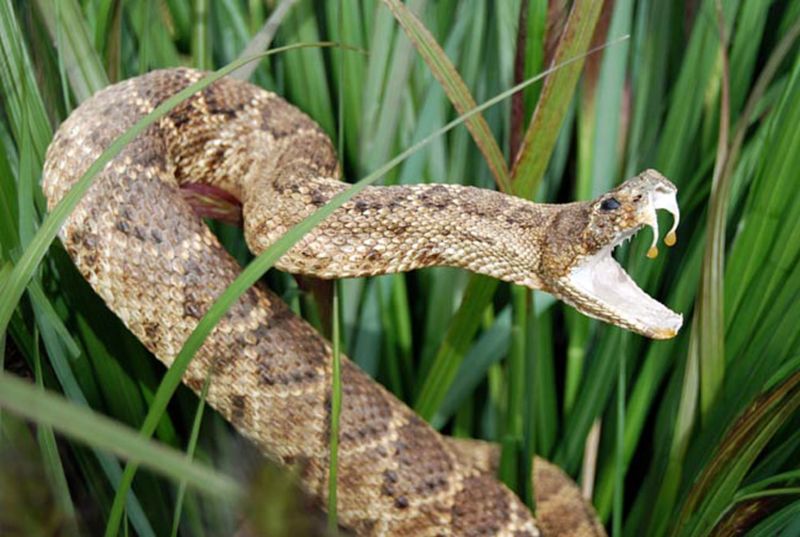
Snakes are often feared, yet their ability to detect fear is part of their survival toolkit. Utilizing their forked tongues, snakes can sense chemical changes in the air, including those linked to fear.
This sensory perception allows them to assess threats and prey, adapting their behavior accordingly. A snake might become defensive or flee if it senses danger. This ability highlights their role as cautious and calculated predators, aware of the emotional states of their environment. Snakes’ understanding of fear dynamics plays a crucial role in their interaction with both prey and threats.
Bee
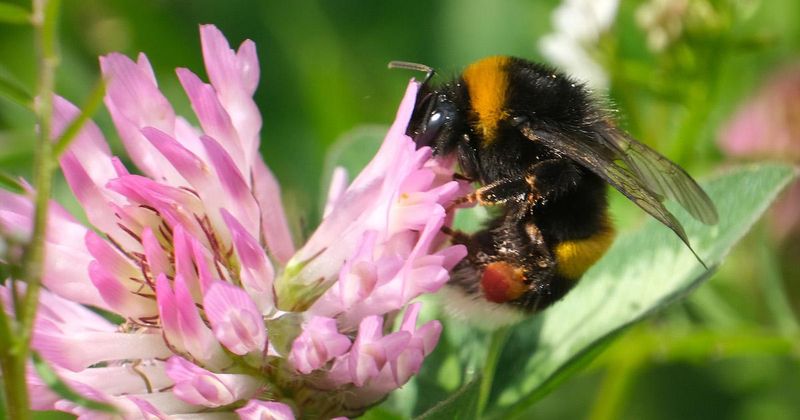
Bees, particularly honeybees, have a sophisticated communication system that includes detecting fear. While primarily known for their role in pollination, bees can sense pheromones linked to fear or aggression.
This ability helps them protect the hive from perceived threats. When a bee detects fear, it may react defensively, signaling others to do the same. This heightened alertness ensures the safety of the colony, showcasing their social structure’s complexity. Understanding these cues enables bees to maintain harmony and protect their vital community effectively.
Ant

Ants, with their organized colonies, can detect chemical signals associated with fear and stress. Their reliance on pheromones for communication makes them adept at sensing environmental changes.
When an ant detects fear, it may signal others to investigate. This coordinated response ensures the colony’s safety, allowing for quick adaptation to potential threats. Ants’ ability to sense and react to fear illustrates the efficiency of their social systems, emphasizing their role as one of nature’s most resilient and adaptive creatures.
Octopus
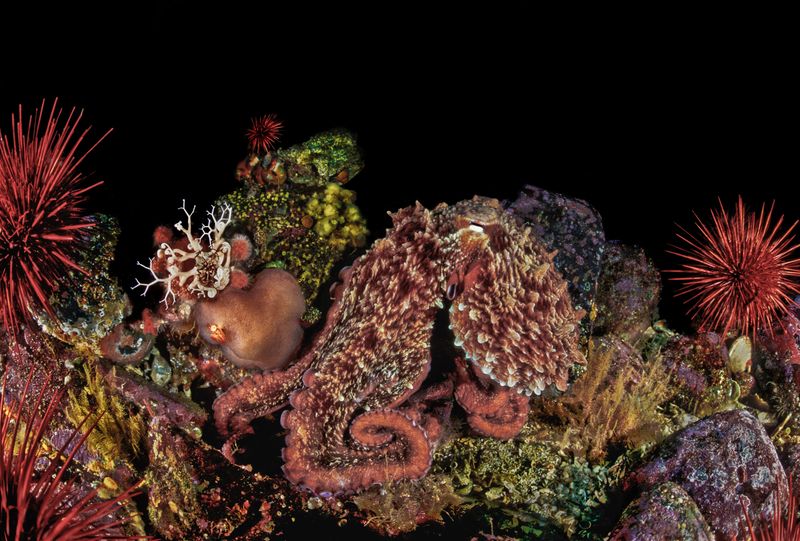
Octopuses, with their intelligence and curiosity, react to their environment in remarkable ways. When threatened or sensing fear, an octopus can change its color and texture to blend with its surroundings, a skill known as camouflage.
This adaptive response serves as both a defense mechanism and a way to communicate with other marine life. An octopus’s ability to alter its appearance reflects its understanding of fear dynamics, showcasing its role as a master of disguise in the ocean. Their reactions highlight the complexity and adaptability of these cephalopods.
Chameleon
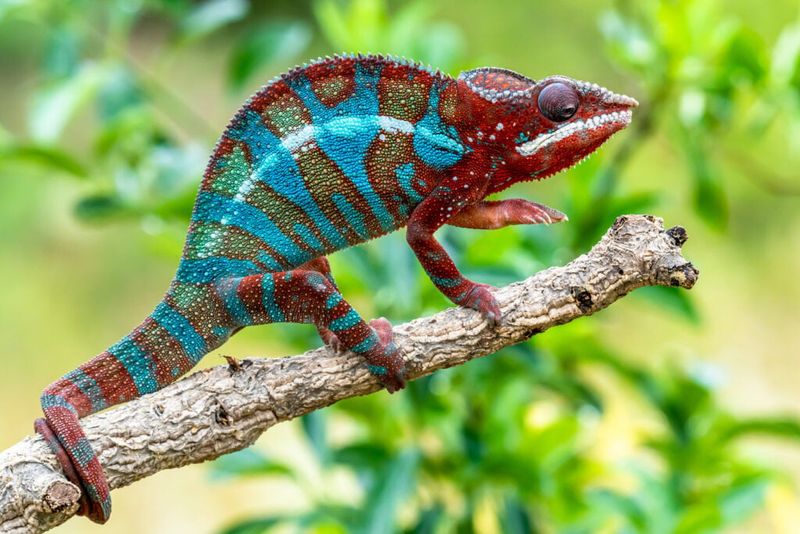
Chameleons are renowned for their color-changing abilities, often linked to mood and fear responses. This unique trait allows them to communicate and blend into their environment effectively.
When a chameleon senses fear, it may rapidly change color, either to hide or to signal distress. This reaction serves as both a protective mechanism and a social signal to other chameleons. Their color transformations demonstrate their adaptability and heightened sensitivity to emotional states, making them fascinating subjects in the study of animal behavior.
Pufferfish
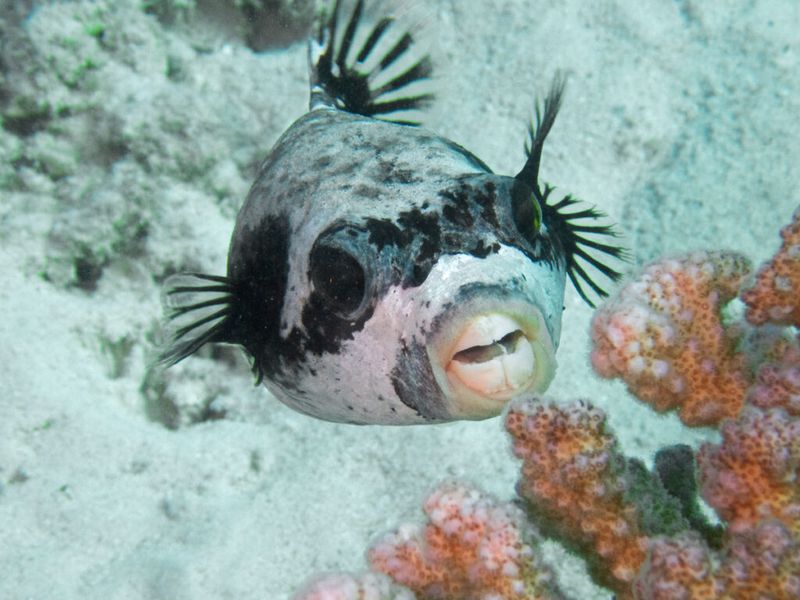
Pufferfish have a distinctive response to fear: inflating their bodies by swallowing water or air. This defense mechanism makes them appear larger and more intimidating to potential predators.
Their spiny exterior, when inflated, acts as a deterrent, showcasing their unique adaptation to threats. This reaction reflects pufferfish’s ability to sense fear and respond in a way that protects them from harm. Their inflation technique is a testament to their survival instinct, emphasizing their role as resilient defenders in the marine world.
Skunk
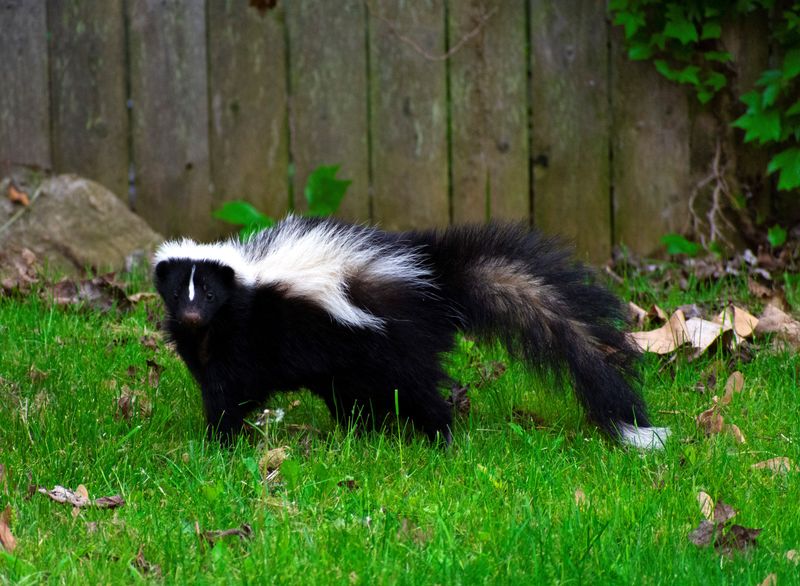
Skunks are famous for their defensive spray, a reaction triggered by fear or threat. They release a pungent odor that serves as a powerful deterrent to predators.
This spray is a skunk’s primary defense, highlighting its ability to sense danger and respond with precision. The chemical composition of the spray is specifically designed to ward off attackers, making skunks effective at protecting themselves. Their unique defense mechanism underscores their role as cautious yet bold creatures, adept at navigating threats with their unmistakable scent.
Porcupine

Porcupines are equipped with quills that they raise when sensing fear or aggression. This defensive posture serves as a warning to potential threats, emphasizing their readiness to protect themselves.
When threatened, a porcupine may shake its quills, creating a sound that deters predators. This reaction not only showcases their ability to sense danger but also reflects their reliance on physical adaptations for survival. Porcupines’ quill-raising behavior highlights their role as resilient defenders, always prepared to confront challenges with their unique protective features.

